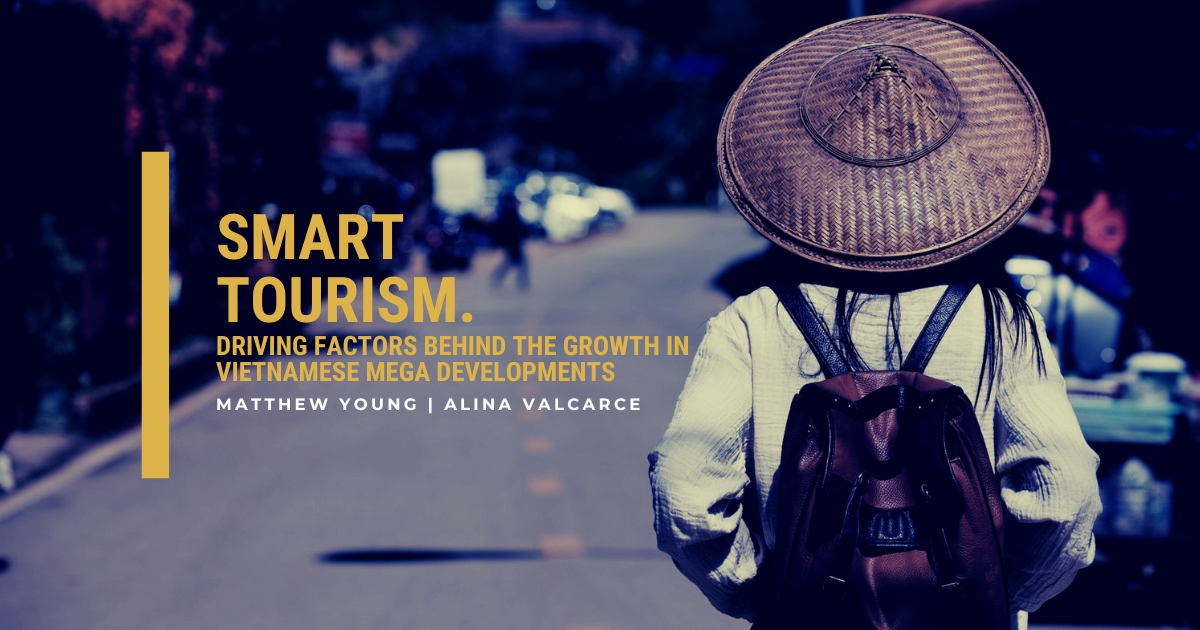
An explosion in the size of Vietnam’s middle-class, combined with ever rising living standards, has seen increased demand for work in Urban Design and Master Planning in this vibrant economy. Combined with a unique and under explored natural beauty, Vietnam has seen continuous growth in recent years, driving significant development in large scale tourism destinations and urban refreshment.
Savvy developers in Vietnam are now working with world class consultants to realise their visions for the ‘Smart Tourism City’ concept, alongside related strategies seen as essential for growth. Studio3eight is at the forefront of this new wave of intelligent development planning, working within this emerging paradigm, creating destinations that celebrate the inherent uniqueness of site whilst concurrently developing urban spaces that residents and visitors can enjoy together, creating sustainable environments and economies.
As city designers, we keenly feel the responsibility to enrich the quality of life for citizens by enhancing social and cultural interactions.
Smart Tourism developments not only facilitate and enhance visitor’s interactions with experiences at the destination, but also drive economic growth and improvement for the current resident’s quality of life. We look to make each project, more connected, more intelligent and more personalised to people and place through true and deep contextual awareness.
When approaching a new masterplan, consideration of the different land uses such as residential or tourism areas must not be in isolation, an interspatial process must also address the connectivity of the entire project. What were traditionally considered physical or spatial concepts, such as accommodation, accessibility and transportation, are inextricably linked to experiential ones such as gastronomy, adventure, entertainment and a combination of different attractions that are available to create a desirable tourism destination. These in turn drive industries and even agriculture to support the experience of site, driving investment not only in tourism development but a holistic economy for the region. The more well-known ideas of the single or integrated resort, recreation park or golf course are being brought together, combined, and connected to create smart interdependent developments and greater experiential and economic enhancement in much larger scale proposals. Thus, building in greater sustainability for the ongoing success of each element within mega developments.
A core value that has proven time and again to create long term ongoing success, is quality of life for visitors and residents alike by offering better living environments. Put simply a strong and engaged local population ensure the support and vibrancy needed to ensure a destination has longevity and continual appeal to a more and more discerning travelling public, who are looking for authentic interaction with true local culture. Shophouses are a good example and a typical combination of living and commercial found both in Vietnamese culture and throughout Asia. The smart integration of shophouses, commerce and diverse local offerings, in an almost organic commercial sense, allows residents and tourists to connect, sharing experiences in a natural way that is connected to both people and place.
Inextricably woven through all of this, sustainability is a critical factor to create a Smart Tourism city.
The reduction of cars and the introduction of more easily walkable or cyclable areas provides not only ecologically sustainable tourism but encourages more personal interaction with site. Mega developments are facing these new sustainability challenges via innovation, through both low and hi tech solutions. This is the key to designing ecologically, culturally and economically sustainable environments that are a joy to live and work in, as well as for visitors alike.
The role of smart tourism cities is not limited, indeed it is constantly evolving and new opportunities present themselves regularly.
It is our responsibility as urban designers to be open to the evolution of the needs of our clients and our end users, but also to what the site and country itself needs to be sustainable long into the future. We must continue developing urban designs for better living, working and tourism destinations that benefit all parts of our diverse environment and society.
Authors: Matthew Young / Alina Valcarce


